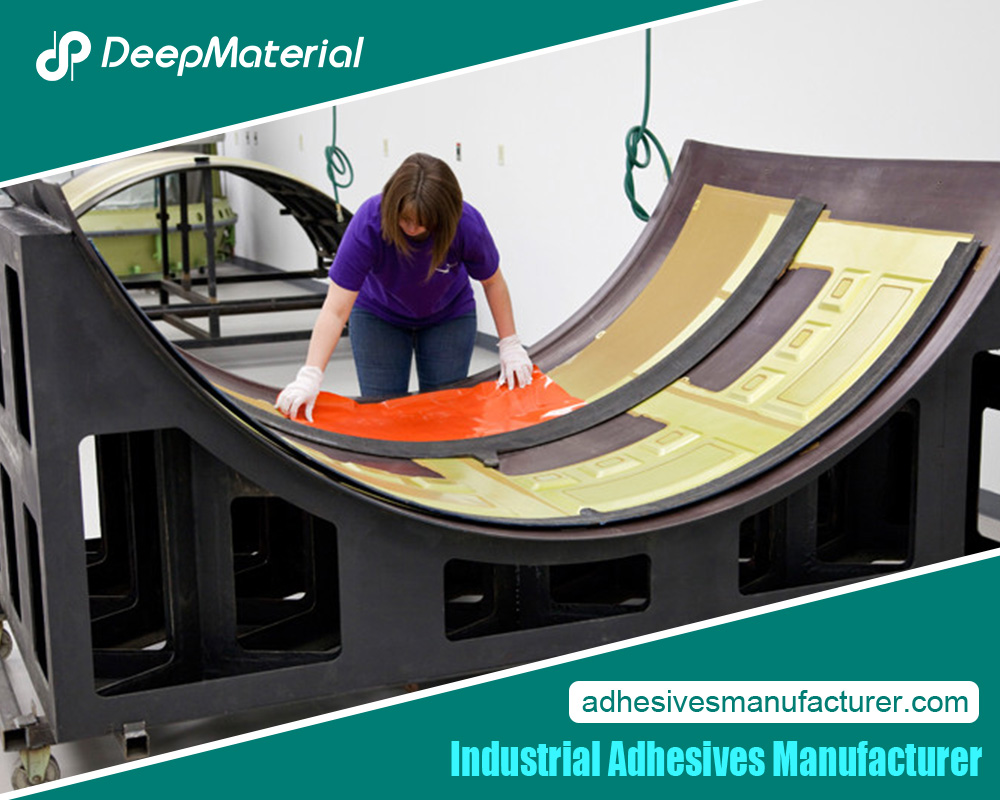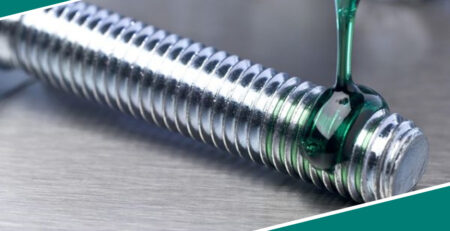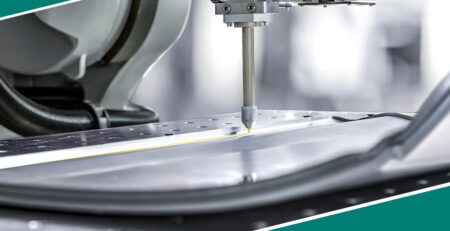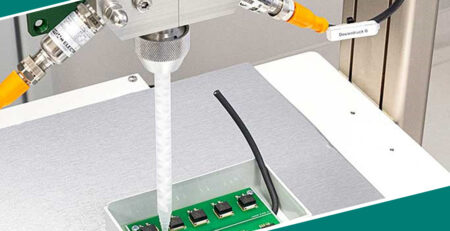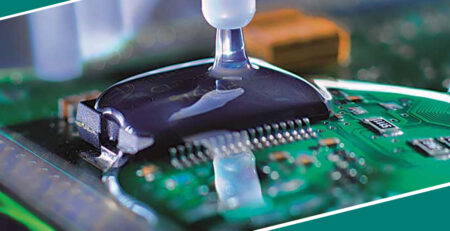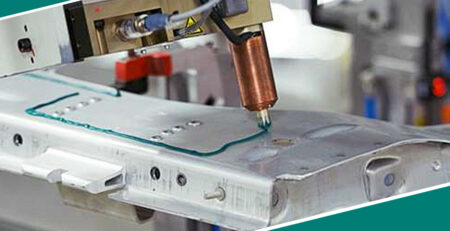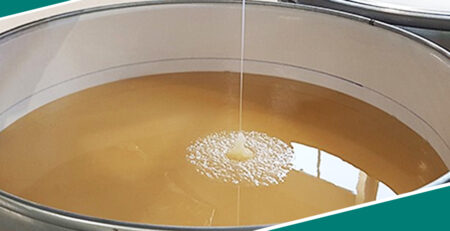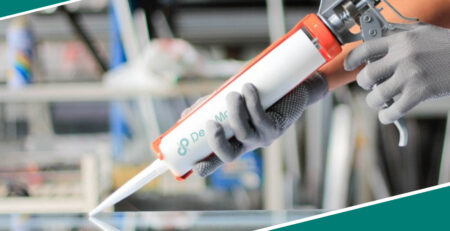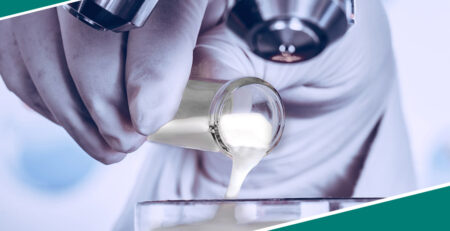The Ultimate Guide to Using 2 Part Epoxy Glue for Plastic: A Comprehensive Overview
The Ultimate Guide to Using 2 Part Epoxy Glue for Plastic: A Comprehensive Overview
Plastic is an integral material in modern life, found in everything from household items to automotive components. With its versatility and affordability, plastic has become the go-to material for countless applications. However, when plastic items break or need to be bonded, choosing the suitable adhesive is crucial for ensuring a robust and lasting repair. Enter the world of 2 Part epoxy glue for plastic—a powerful bonding agent that can provide a durable, long-lasting fix for your plastic items. This article explores everything you need to know about 2 Part epoxy glue for plastic, including its benefits, benefits, and practical tips for achieving the best results.
Why Use 2 Part Epoxy Glue for Plastic?
Epoxy glue is known for its exceptional strength and versatility. When it comes to plastic, a material that can be notoriously difficult to bond due to its smooth, non-porous surface, epoxy glue stands out as one of the most effective adhesives. It is suitable for bonding various plastic types, including ABS, PVC, and polycarbonate.
Benefits of Using 2 Part Epoxy Glue for Plastic
Superior Bonding Strength
One key advantage of using 2 Part epoxy glue for plastic is its superior bonding strength. The chemical reaction between the resin and hardener creates a bond that is much stronger than that of other types of adhesives, such as cyanoacrylate (super glue) or polyurethane glue. This strength makes it ideal for applications where the plastic will be subjected to significant stress or load.
Versatility Across Different Plastic Types
Not all plastics are created equal, and some types are more challenging to bond than others. 2 Part epoxy glue is highly versatile and can bond with a wide range of plastic types, including:
- ABS (Acrylonitrile Butadiene Styrene): Commonly used in automotive parts and household appliances.
- PVC (Polyvinyl Chloride): Often found in plumbing pipes and outdoor furniture.
- Polycarbonate: Used in optical discs, eyewear lenses, and protective gear.
- Polyethylene and Polypropylene: Though traditionally challenging to bond, specially formulated epoxies can achieve strong bonds with these plastics.
High Resistance to Environmental Factors
Another significant benefit of 2 Part epoxy glue is its resistance to environmental factors. Once cured, the bond is resistant to water, chemicals, and extreme temperatures, making it suitable for indoor and outdoor applications. This resistance ensures the bond remains strong and durable even in harsh conditions.
Longevity and Durability
Epoxy glue forms a permanent bond that doesn’t degrade over time. Unlike some adhesives that may weaken with age, exposure to UV light, or fluctuating temperatures, epoxy remains vital for years, providing a long-lasting solution for plastic repairs and assemblies.
How to Use 2 Part Epoxy Glue for Plastic
Step-by-Step Application Guide
Prepare the Surfaces:
- Clean both surfaces to be bonded thoroughly to remove dirt, grease, or oils. Use a solvent like isopropyl alcohol for cleaning.
- Lightly sand the surfaces with fine-grit sandpaper to create a rough texture, which will help the epoxy bond more effectively.
Mix the Epoxy:
- Follow the manufacturer’s instructions to mix the resin and hardener in the correct proportions. This step is crucial as incorrect mixing can result in a weak bond.
- Mix the components thoroughly until the color and consistency are uniform.
Apply the Epoxy:
- Depending on the size of the area to be bonded, apply the mixed epoxy to one of the surfaces using a spatula, brush, or syringe.
- Press the two surfaces together firmly and hold them in place. Some epoxies require clamping to ensure a strong bond.
Allow to Cure:
- Leave the assembly undisturbed while the epoxy cures. Curing times can vary, so refer to the product’s instructions. Typically, initial curing takes a few hours, but full strength may take 24 to 72 hours.
Clean Up:
- Before the epoxy hardens completely, clean any excess glue using a solvent such as acetone. Once cured, the epoxy can be sanded, painted, or machined.
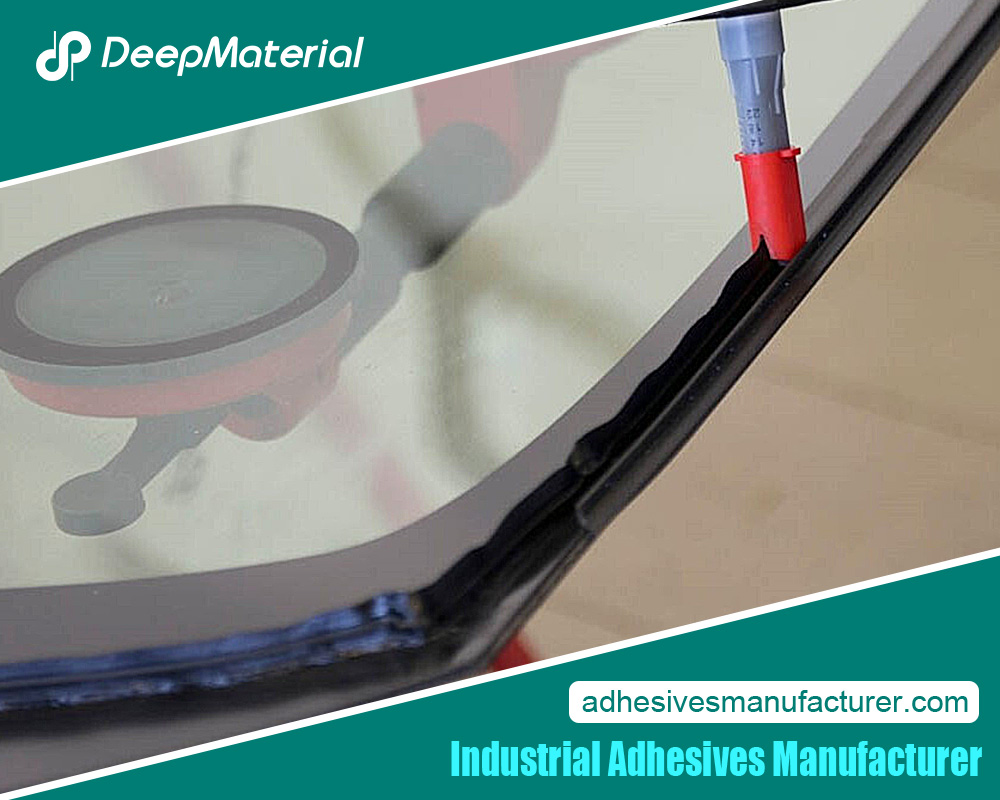 Applications of 2 Part Epoxy Glue for Plastic
Applications of 2 Part Epoxy Glue for Plastic
Automotive Repairs
- Vehicle plastic components, such as bumpers, dashboards, and light covers, are often subject to wear and tear. Two-part epoxy glue is ideal for repairing cracks, breaks, and even small holes in these plastic parts, restoring them to their original strength and appearance.
Household Fixes
- From broken plastic toys to damaged kitchen appliances, epoxy glue is a versatile solution for many household repairs. It can bond plastic parts, fill gaps, and create durable repairs that withstand everyday use.
Craft and DIY Projects
- Epoxy glue is a favorite among crafters and DIY enthusiasts because it bonds plastic to a variety of other materials, including metal, wood, and glass. Whether creating custom decorations, assembling models, or repairing, epoxy glue provides a reliable and robust bond.
Industrial and Construction Uses
- Epoxy glue is used in industrial and construction settings to assemble and repair plastic components in machinery, equipment, and infrastructure. Its resistance to harsh environments and heavy loads makes it a preferred choice for demanding applications.
Tips for Achieving the Best Results with 2 Part Epoxy Glue
Choose the Right Epoxy for the Job
- Not all epoxy glues are created equal. Some are specifically formulated for certain types of plastic, while others offer quick-setting times or extra flexibility. Choose an epoxy suitable for the specific plastic and application you are working with.
Work in a Well-Ventilated Area
- Epoxy resins and hardeners can emit strong fumes, which can be harmful if inhaled. Always work in a well-ventilated area, and consider wearing protective gear such as gloves and a mask to avoid skin contact and inhalation of fumes.
Be Mindful of Working Time
- Epoxy glue has a limited working time (also known as pot life) after mixing, during which it remains usable. Apply the glue and assemble the parts within this timeframe to ensure a strong bond. Once the working time is up, the epoxy will harden and lose its adhesive properties.
Practice Patience During Curing
- While testing the bond before the epoxy has fully cured may be tempting, it can weaken it. Allow the epoxy to cure completely according to the manufacturer’s instructions before putting any stress on the bonded parts.
Common Mistakes to Avoid When Using 2 Part Epoxy Glue for Plastic
Incorrect Mixing Ratios
- One of the most common mistakes is not mixing the resin and hardener in the correct proportions. This can lead to a bond that is too weak or never fully cured. Always follow the manufacturer’s instructions for the proper ratio.
Inadequate Surface Preparation
- Skipping the cleaning and sanding steps can result in a poor bond. Dirt, grease, or a smooth surface can prevent the epoxy from adhering correctly, leading to a weak or ineffective bond.
Overusing or Underusing the Glue
- Applying too much epoxy can cause the glue to ooze out of the joint, creating a mess and potentially weakening the bond. Conversely, less epoxy may not provide sufficient coverage, leading to a stronger bond. Apply just enough to cover the surfaces evenly.
Not Considering Environmental Factors
- Temperature and humidity can affect the curing process of epoxy glue. Working in a too-cold or humid environment can lead to a slower curing time or a weaker bond. Ensure that you are working in suitable conditions as the epoxy manufacturer recommends.
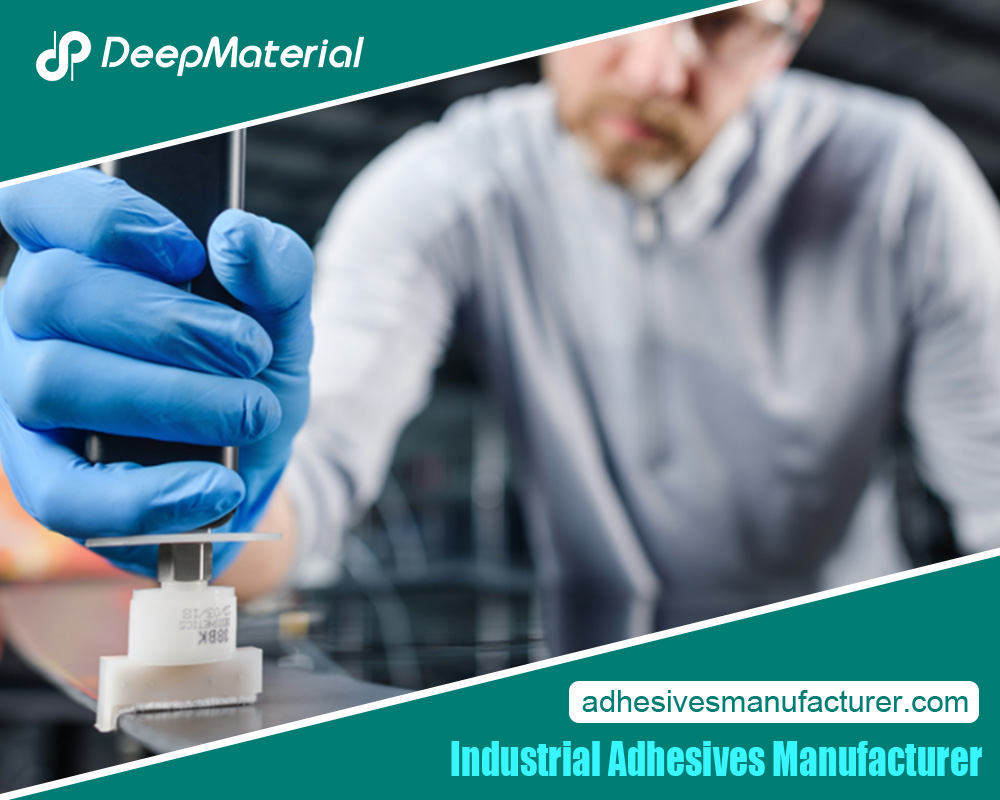 Conclusion
Conclusion
2 Part epoxy glue for plastic is an incredibly versatile and powerful adhesive that can be used for various applications, from automotive repairs to household fixes and craft projects. Its superior bonding strength, resistance to environmental factors, and longevity make it an essential tool for anyone working with plastic. By following the proper application techniques and avoiding common mistakes, you can achieve strong, durable bonds that stand the test of time. Whether repairing a broken plastic item or embarking on a DIY project, 2 Part epoxy glue is your go-to solution for reliable, long-lasting results.
For more about a complete guide to the ultimate guide to using 2 part epoxy glue for plastic: a comprehensive overview, you can pay a visit to Deepmaterial at https://www.adhesivesmanufacturer.com/ for more info.

